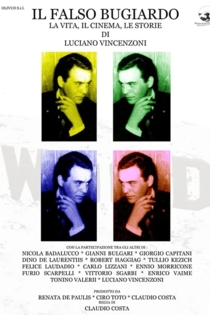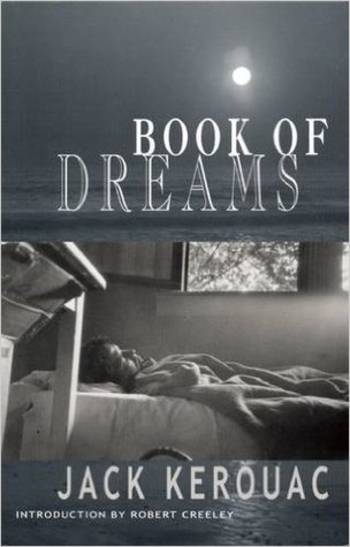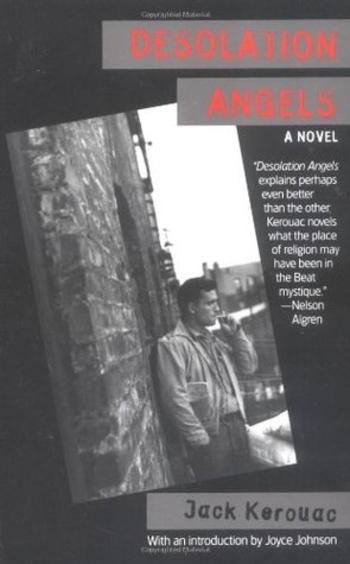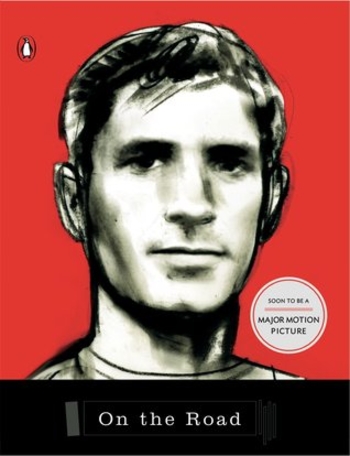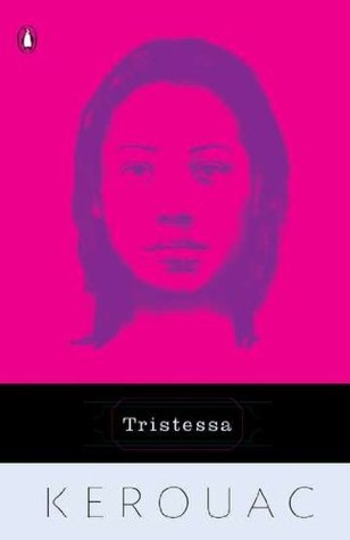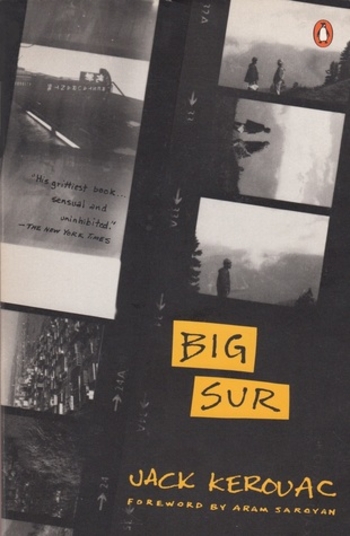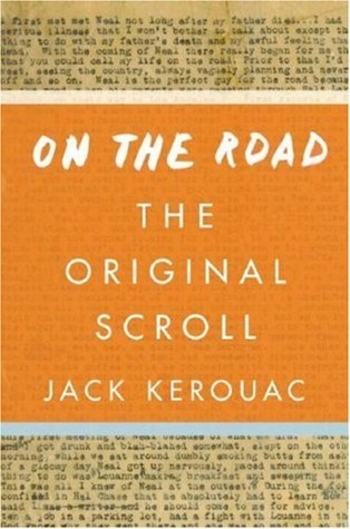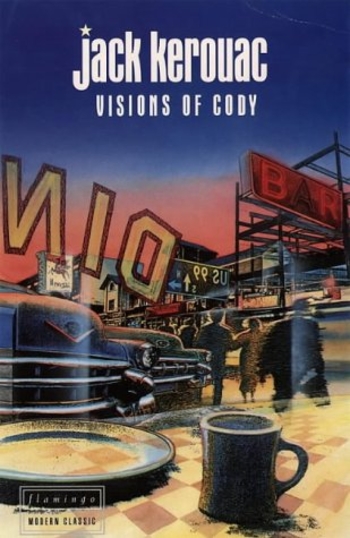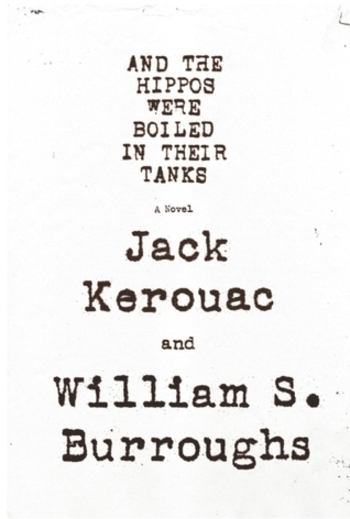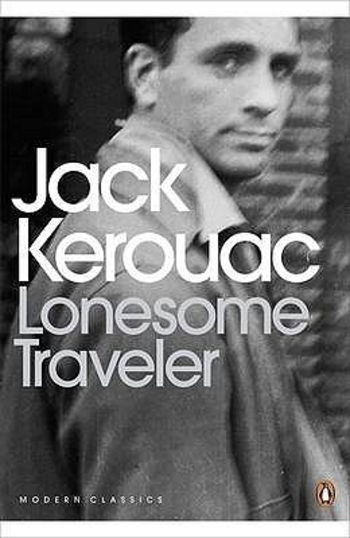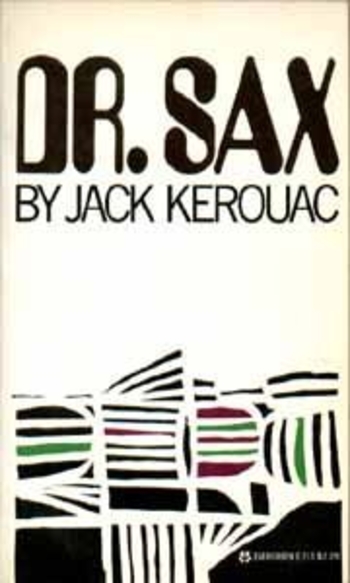
Jack Kerouac
1922 - 1969No More to Say & Nothing to Weep For: An Elegy for Allen Ginsberg
Colin Still
Steve Allen, Eugene Brooks
Witness the last days of the Beat poet whose works would capture the very essence of the 1960 counter-cultural movement in an informative documentary featuring Allan Ginsburg's final television interview as well as remarkable deathbed footage shot by underground cinema icon Jonas Mekas.
No More to Say & Nothing to Weep For: An Elegy for Allen Ginsberg

Pull My Daisy
Alfred Leslie, Robert Frank
Jack Kerouac, Allen Ginsberg
Pull My Daisy is a film that typifies the Beat Generation. Directed by Robert Frank and Alfred Leslie, Daisy was adapted by Jack Kerouac from the third act of his play, Beat Generation; Kerouac also provided improvised narration.
Pull My Daisy
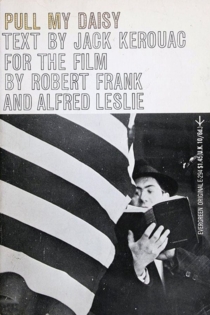
Couch
Andy Warhol
Bingingham Birdie, Rufus Collins
The couch at Andy Warhol's Factory was as famous in its own right as any of his Superstars. In Couch, visitors to the Factory were invited to "perform" on camera, seated on the old couch. Their many acts-both lascivious and mundane-are documented in a film that has come to be regarded as one of the most notorious of Warhol's early works. Across the course of the film we encounter such figures as poets Allen Ginsberg and Gregory Corso, the writer Jack Kerouac, and perennial New York figure Taylor Mead.
Couch

New York in the Fifties
Jack Kerouac, Allen Ginsberg
New York in the Fifties is the story of a unique time and place, when New York was the hotbed of new artistic expressions, free love, drinking, hot jazz, and radical politics. The film combines stunning archival footage of New York with interviews and footage of icons of the day-Kerouac, Ginsberg, Baldwin, Mailer, Basie, etc. Offering modern day perspective and reminiscences are writers, actors, and artists such as Joan Didion, Robert Redford, Nat Hentoff, Gay and Nan Talese, John Gregory Dunne, William F. Buckley, and Calvin Trillin-all part of the rich cultural and artistic scene of the time. Based on the best-selling book by Dan Wakefield, the film also traces Wakefield's restless rebellion in conformist Indianapolis, and his escape to New York with dreams of writin ga novel, falling in love, meeting like-minded souls and questioning the meaning of life.
New York in the Fifties

